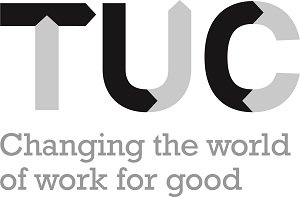Sexual harassment of LGBT people in the workplace
Disabled people reported significantly higher levels of sexual harassment than non-disabled people.
The research found that disabled men reported significantly higher levels of sexual harassment than non-disabled men and non-disabled women across all aspects of sexual harassment.
Disabled women reported significantly higher levels of sexual harassment than both disabled men and non-disabled men and women across most areas. However, there were three types of harassment where disabled men experienced higher levels than disabled women. Those were:
- hearing colleagues make comments of a sexual nature about a straight colleague (56 per cent compared to 54 per cent* of disabled women)
- hearing colleagues make comments of a sexual nature about a lesbian/gay woman, gay man, bisexual or trans colleague (60 per cent compared to 55 per cent* of disabled women)
- displays of pornographic photographs or drawings in the workplace (32 per cent compared to 29 per cent* of disabled women).
Disabled women were:
- around twice as likely to report unwanted touching (50 per cent* disabled women, 26 per cent* non-disabled women),
- more than twice as likely to report sexual assault (38 per cent* vs 14 per cent*) and
- six times more likely to experience serious sexual assault or rape (24 per cent* vs 4 per cent*).
These higher rates of sexual harassment and assault in our research reflect previous studies which showed that disabled women and girls experience gender-based violence at disproportionately higher rates and in unique forms owing to discrimination and stigma based on both gender and disability. 21
- 21See UNFPA, Addressing Violence Against Women and Girls in Sexual and Reproductive Services: a review of knowledge assets (New York, UNFPA, 2010) and Stephanie Ortoleva and Hope Lewis, Forgotten Sisters — a Report on Violence Against Women and Disabilities: an overview of its nature, scope, causes and consequences, North-Eastern University School of Law Research Paper No. 104-2012 (2012)
Disabled men’s reported levels of sexual harassment and assault were lower than those of disabled women but significantly higher than non-disabled men. Disabled men were almost:
- three times more likely to report unwanted touching when compared to non-disabled men (32 per cent compared to 11 per cent)
- five times more likely to report unwanted sexual assault than non-disabled men (28 per cent compared to six per cent)
- seven times more likely to report serious sexual assault and rape that non-disabled men (twenty per cent compared to three per cent.).
Stay Updated
Want to hear about our latest news and blogs?
Sign up now to get it straight to your inbox
